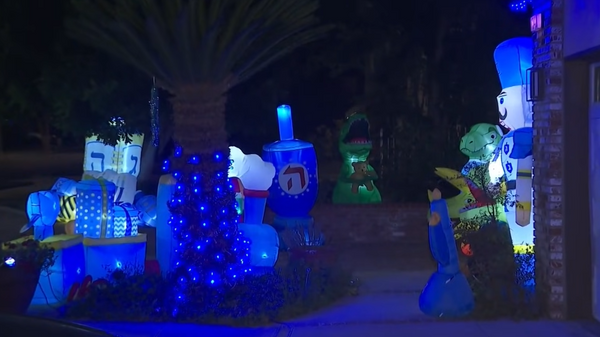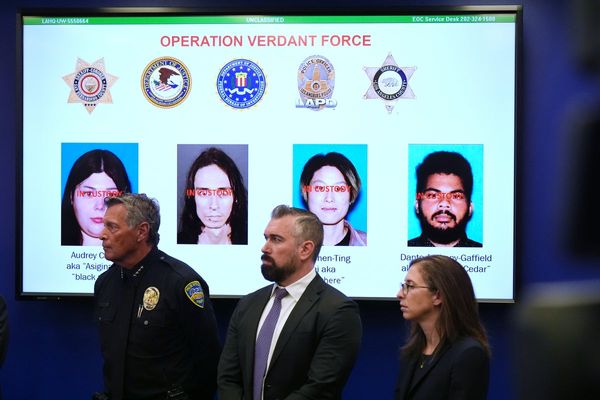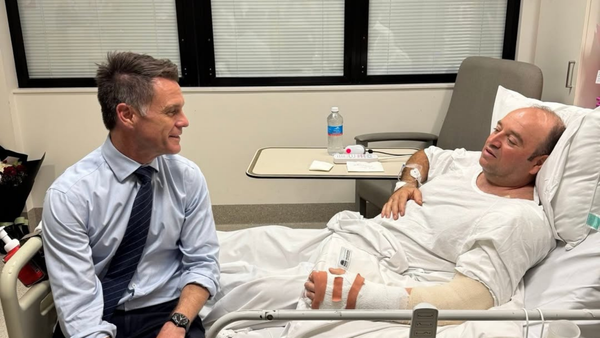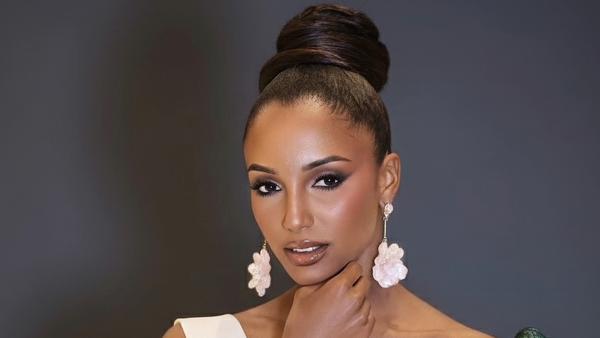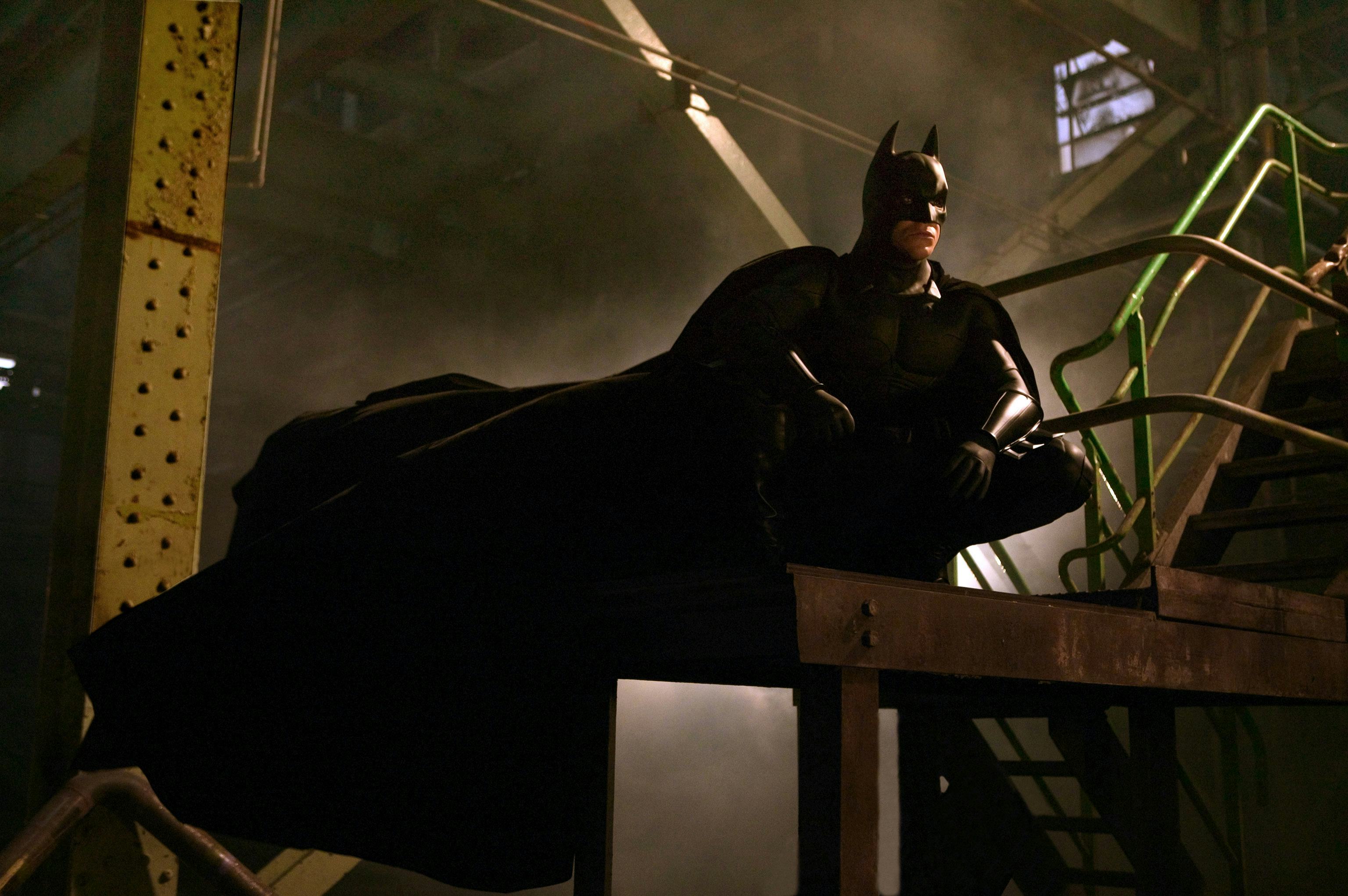
At the turn of the 21st century, movies based on DC Comics were all but non-existent. This was due in large part to a single event: the disastrous June 1997 release of Batman and Robin, the fourth movie in the live-action cycle launched in 1989 with Tim Burton’s Batman. Following 1995’s successful if more kid-friendly Batman Forever, that film’s director, Joel Schumacher, ramped up the camp factor for Batman and Robin. But the latter was a catastrophe, ripped by critics and fans and grossing a paltry $107 million at the North American box office. A fifth entry was scrapped and the Dark Knight was banished to a long stay in development hell.
By 2003, it had been six long years since Batman and Robin had consigned not just the Caped Crusader but DC Comics to screen limbo, even as films based on Marvel Comics characters, like Spider-Man and X-Men, were starting to rake in serious cash. It wasn’t for lack of trying on the part of DC parent company Warner Bros. however; studio execs had heard pitch after pitch on bringing back the Bat from filmmakers and writers like Pi director Darren Aronofsky, The Dark Knight Returns writer Frank Miller, and Seven screenwriter Andrew Kevin Walker, to no avail.
It was around that time that Christopher Nolan came onto the radar, after he had scored a mid-sized hit for Warner Bros. with his third directorial effort and first big-studio film, Insomnia. Moving from his indie hit Memento to the larger (but still modest) Insomnia allowed Nolan the opportunity to make his Bat-pitch to the studio, and he knew exactly what he wanted to do: a true, serious origin story for Bruce Wayne and Batman, showing how the former becomes the latter, and grounding the whole thing in realistic action, storytelling, and tech that could plausibly exist in the real world — not the often wildly enhanced universe of comic books.
"It was more a thing of, 'Nobody’s ever made this origin story in this way and treated it as a piece of action filmmaking, a sort of contemporary action blockbuster,’” Nolan told The Hollywood Reporter in 2015. “Grounded in the degree of realism that we expected at the time from, you know, our action movies, Jerry Bruckheimer action movies and things, that would have realistic textures, you know?"
Released in 2005, Batman Begins was the first major motion picture to explore the origins of the character in detail, and was a complete reboot of the film franchise before the term “reboot” was even in vogue. Christian Bale starred as Bruce Wayne, supported by a cast that included Michael Caine as Alfred, Gary Oldman as Jim Gordon, Morgan Freeman as Lucius Fox, Liam Neeson as Ra’s al Ghul and Cillian Murphy as Jonathan Crane/Scarecrow.
Even though the latter two were both classic villains out of the comics, for once, Batman was clearly the main character in a Batman movie — a movie that, true to what Nolan envisioned, created a grittier version of the Caped Crusader different from both Burton’s dark fantasies and Schumacher’s neon fever dreams. And audiences responded — although not necessarily in droves, considering that the character had been away from theaters for a while. Batman Begins grossed $375 million worldwide against a budget of $150 million, a decent enough return on investment for Warner Bros. to stick with Bale, Nolan, and the latter’s conception of the Bat.
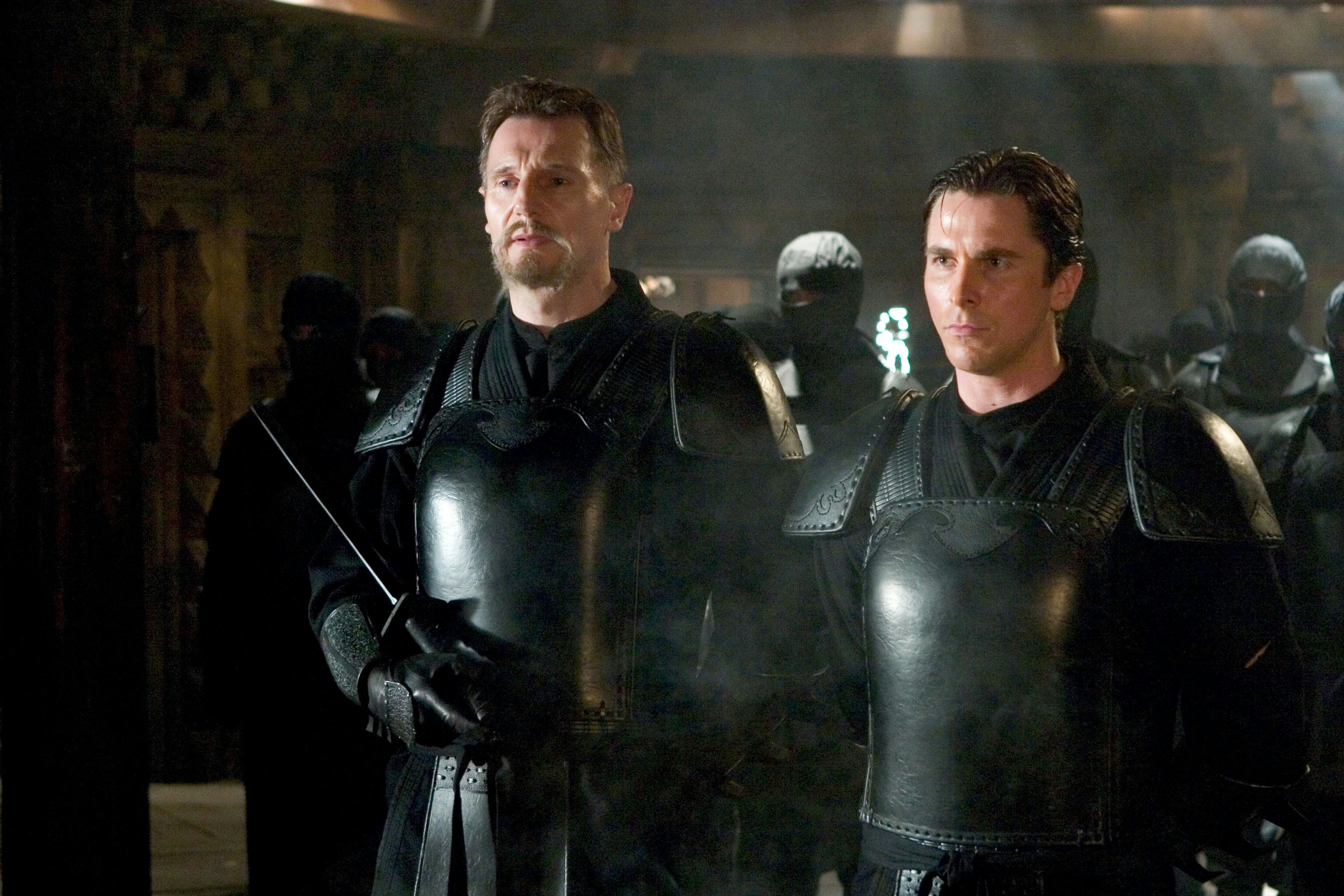
And what a good decision that was. Batman Begins is now considered the lynchpin for the complete revitalization of Batman on film, leading to the massive success of the second Nolan/Bale film, The Dark Knight, in 2008 and the blockbuster conclusion of their trilogy in 2012 with The Dark Knight Rises. Just a year after the release of Batman Begins, the studio brought Superman Returns to the screen — not exactly a smash, but at least a sign that DC properties were once again going to make their way into movie theaters again.
The success of Nolan’s Dark Knight films also paved the way for the emergence of a new DC film universe, which kicked off in 2013 with Zack Snyder’s Man of Steel, on which Nolan served as a producer and helped hatch the story. We can debate the pros and cons of Man of Steel — including whether it was wise to impose Nolan’s “realistic” aesthetic on the far more colorful exploits of Superman — all day, as well as the merits or lack thereof of the subsequent films in what became the DC/Snyderverse. But we wouldn’t have the groundbreaking Wonder Woman, James Gunn’s subversive The Suicide Squad, Todd Phillips’ incendiary Joker, or even the colossal if deeply flawed Zack Snyder’s Justice League, without Batman Begins providing the spark.
Indeed, as Gunn launches his own reboot of the DC film universe this summer with Superman — and with Batman continuing to be a presence on the big screen in one iteration or another — it’s worth taking a moment to remember that all this really started 20 years ago, when the iconic cape and cowl were taken out of the cinematic deep freeze and Batman began… again. As no less an authority than Marvel chief Kevin Feige told Wired in 2012, “Chris Nolan’s Batman is the greatest thing that happened because it bolstered everything.”

